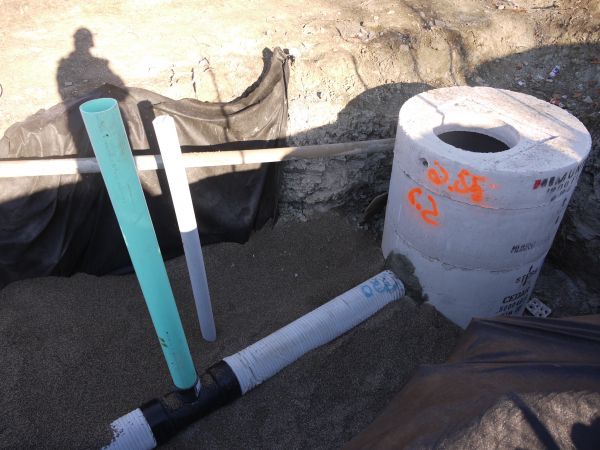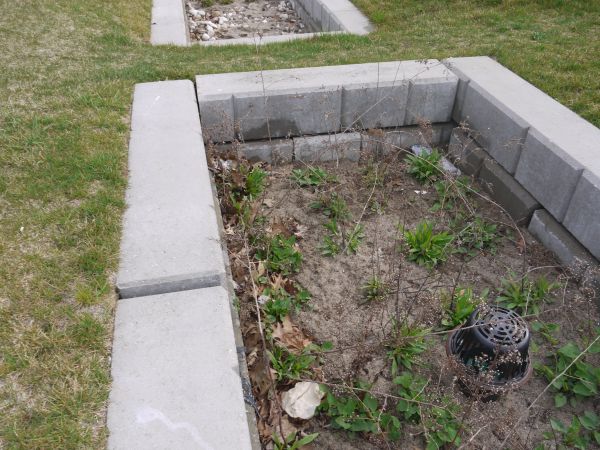Difference between revisions of "Overflow: Installation"
Jump to navigation
Jump to search
JamesCowan (talk | contribs) |
|||
| (One intermediate revision by one other user not shown) | |||
| Line 20: | Line 20: | ||
<gallery mode="packed" widths=300px heights=300px> | <gallery mode="packed" widths=300px heights=300px> | ||
overflow-pipe-install.jpg | Overflow pipe installed to an underdrain T-connection. (Photo Source: CVC, 2010) | overflow-pipe-install.jpg | Overflow pipe installed to an underdrain T-connection. (Photo Source: CVC, 2010) | ||
overflow-plastic-cap.jpg | Overflow installed with a plastic cap. Note that the use of plastic grates is discouraged. (Photo Source: CVC) | overflow-plastic-cap.jpg | Overflow installed with a plastic cap. Note that the use of plastic grates is discouraged. (Photo Source: CVC, 2012) | ||
</gallery> | </gallery> | ||
Latest revision as of 01:33, 29 September 2022
Overflows are features of inline facilities and convey larger storm events out of the LID feature.
Construction Steps:
- Connect the overflow drain to the underdrain.
- Fit a metal, domed grate to the overflow.
- Install overflow pit to grade at the location specified in the contract documents.
Key Inspection Points:
- Overflow drain matches design specifications.
- Overflow pit is positioned at the maximum water surface elevation of the practice, as per the contract documents.
- Sufficient freeboard is provided between the overflow and inlet such that the inlet is not inundated by design storm flows.
- Overflow grate matches design specifications.
- Overflow grates located in high-traffic areas are screwed on or equipped with locks.
Mistakes to Avoid:
- Backflows: Ensure that backflows are avoided by confirming that inlet and overflow elevations match design specifications with surveys.
- Incorrect sequencing: Install overflow drain prior to backfilling with granular material and engineered soil.
- Incorrect grate material: Avoid using plastic overflow grates due to breakages and UV degradation.

